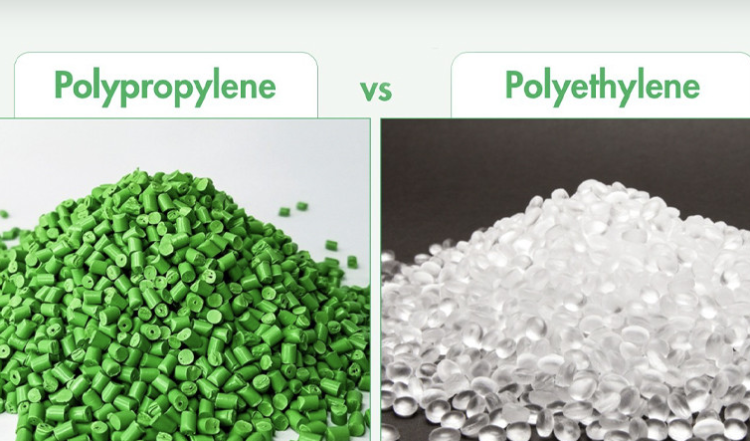Choosing the Right Material for Surgical Instruments in CNC Machining

In medical device manufacturing, selecting the right material is crucial to ensure that surgical instruments meet the highest standards of performance, safety, and durability. Two commonly used materials for medical device production are polypropylene (PP) and polyethylene (PE). Understanding the differences between these two plastics is essential for manufacturers, especially when creating complex surgical instruments through CNC machining.
Polypropylene vs Polyethylene: Key Differences
Polypropylene and polyethylene are both thermoplastics, but they differ in several key characteristics, making each material suitable for different applications in the medical field.
Polypropylene (PP): Durability and Chemical Resistance
Polypropylene is known for its robust chemical resistance, making it ideal for parts exposed to various cleaning agents and sterilization procedures. It's commonly used for surgical instruments and other medical devices that must withstand repeated exposure to harsh chemicals without degrading.
-
Chemical Resistance: Superior resistance to chemicals, making it ideal for exposure to cleaning agents and sterilization.
-
Fatigue Resistance: Resists wear and tear, which is important for surgical tools used repeatedly.
-
Sterilization Compatibility: Autoclaving is commonly used, making it suitable for instruments requiring sterilization after each use.
Applications in Surgical Instruments:
-
Surgical Trays
-
Sutures
-
Instrument Holders
Polyethylene (PE): Flexibility and Impact Resistance
Polyethylene, especially high-density polyethylene (HDPE), is another popular choice for manufacturing medical devices. PE offers great flexibility, impact resistance, and the ability to handle stress, making it suitable for applications requiring strength and resilience.
-
Impact Resistance: Can withstand physical stress and impact, making it suitable for surgical instruments subject to mechanical stress.
-
Flexibility: Allows for manufacturing of components that need to bend without breaking.
-
Sterilization Compatibility: Like polypropylene, polyethylene also works well with autoclaving for sterilization.
Applications in Surgical Instruments:
-
Protective Covers for Instruments
-
Medical Tubing
-
Surgical Instrument Packaging
Polypropylene vs Polyethylene: Which is Best for Surgical Instrument Manufacturing?
When it comes to CNC machining for surgical instruments, both materials offer specific advantages. Here’s a comparison to help decide which material is better suited for your project:
| Property | Polypropylene (PP) | Polyethylene (PE) |
|---|---|---|
| Chemical Resistance | Excellent | Good |
| Fatigue Resistance | High | Moderate |
| Sterilization | Compatible (Autoclaving) | Compatible (Autoclaving) |
| Flexibility | Moderate | High |
| Impact Resistance | Moderate | High |
| Cost | Moderate | Moderate |
Conclusion
Both polypropylene and polyethylene have their advantages when it comes to the production of surgical instruments, with polypropylene vs polyethylene offering distinct characteristics. Polypropylene is ideal for chemical resistance and sterilization, while polyethylene offers superior impact resistance and flexibility. Understanding these differences will help manufacturers select the best material for their specific surgical tools and instruments.
- AI
- Vitamins
- Health
- Admin/office jobs
- News
- Art
- Causes
- Crafts
- Dance
- Drinks
- Film
- Fitness
- Food
- Jocuri
- Gardening
- Health
- Home
- Literature
- Music
- Networking
- Alte
- Party
- Religion
- Shopping
- Sports
- Theater
- Wellness


